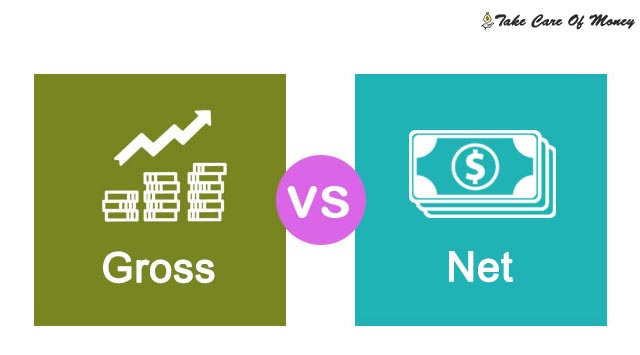Table of Contents
It is very common to hear about the terms gross and net, both when we talk about wages, when we analyze a company’s income statement or when they tell us macroeconomic data.
The gross and the net measure the same magnitude, but they are different concepts and you have to know how to distinguish them so that there is no confusion. The two concepts are quantitative expressions used to calculate economic magnitudes.
The difference between gross and net that we must be clear about is that a net amount is the final amount that remains after having made a change to the gross amount, in most cases after having made some type of discount (which are generally taxes ):
Net = Gross – discount
Independently we could define gross as the total amount resulting from some activity, such as gross wages, gross sales or gross domestic product. The net instead, is the final amount that remains as a result of having applied a discount to something gross, from the previous examples we would have the net salary, net sales and net domestic product.
We are going to see the most common cases where gross and net expressions are used.
Gross salary and net salary
To understand the structure of a payroll, it is essential to know the difference between the concepts of gross salary and net salary. Especially when it comes to negotiating our salary and calculating how much money we are going to collect at the end of the month.
The net or liquid salary is the monetary amount that the worker receives, that is, the money that he receives in his account after deducting taxes and Social Security contributions. Instead, the gross salary is the total amount before these deductions are applied.
Net salary = Gross salary – Taxes – Social Security
In the income statement of a company
When we analyze the income statement of a company we also find the terms gross and net.
An example is gross profit and net profit. Gross profit is simply the result of subtracting from total sales the cost of those sales, while net profit, in addition to the costs of sales, taxes, interest, depreciation and general expenses of the company. Therefore, the relationship between gross profit and net profit is as follows:
Net profit = Gross profit – taxes – interest – depreciation – general expenses
In the case of gross margin and net margin, the same thing happens, since the gross margin is the gross profit divided by sales and the net margin is the net profit also divided by sales. The net margin will be equal to the gross margin discounting taxes, interest, depreciation and general expenses of the company. The margin is used to know the percentage of profit that we have from each product or service that we have sold.
Another example would be net sales, which are the result of subtracting returns, bonuses, rebates and discounts from gross sales.
Macroeconomic data
In macroeconomics these expressions are also used and the like in the above cases, the net value is equal to the gross value minus a discount. For example, the difference between the net domestic product (PIN) and the gross domestic product (GDP) is that the PIN is equal to the GDP minus the costs of raw materials, services and depreciations.
PIN = GDP – cost of raw materials – cost of services – depreciations
Weight
These terms are also used in the weight of the products. The gross weight is generally equal to the net weight of the product plus the weight of the packaging.
Gross Weight = Net Weight + Container
Exceptional cases
As we have seen, the net is always the basis of what we are measuring, the heart of the product. The gross is simply the result of adding taxes to that base. According to the Royal Spanish Academy (RAE), in a quantity of money, the gross is that which has not experienced any retention or discount. However, there is an exceptional case, as is the case with consumer prices.
Net and gross price
In the case of prices, the net value is greater than the gross value. Since the net price is the one paid by the final consumer, a price that includes taxes. For example, when an entrepreneur sets the price of a product, sets the price at which he must sell it to cover his costs and have some profit, this price is known as the gross price. Then it adds the taxes ( VAT in this case), giving the net price as the final value.
Net price = Gross price + taxes (VAT)
Most used gross and net quantities:
| Gross | Net | |
|---|---|---|
| Wages | The total salary of a worker without deducting taxes and Social Security | Gross salary – Taxes – Social Security |
| Benefit | Net sales – cost of goods sold | Gross profit – taxes – interest – depreciation – overheads |
| Margin | It is the gross profit between the net sales | Gross margin – taxes – interest – depreciation – general expenses |
| Sales | The total amount of sales without making any adjustments | Gross sales – returns – bonuses – sales – discounts |
| Inner Product | Value of final goods and services produced by a country | GDP – raw materials cost – services cost – depreciations |
| Weight | Weight of a product plus the packaging | Product weight |
| Price | Price set for sale | Gross price + taxes (VAT) |
